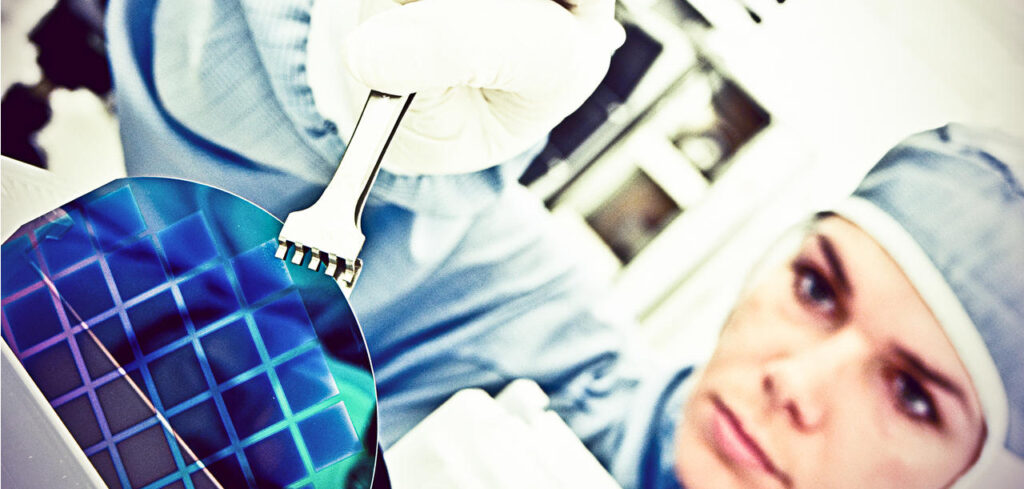High-value analog semiconductor solutions provider Tower Semiconductor says it has made a breakthrough development in lidar IC technology designed for advanced driver-assistance systems (ADAS).
Its latest IC (integrated circuit) was designed by researchers from the Ming Hsieh Department of Electrical and Computer Engineering at the Los Angeles-based USC Viterbi School of Engineering, with the project led by SungWon Chung.
Manufactured using Tower Semiconductor’s open foundry Silicon Photonics platform, the IC employs optical phased arrays – hundreds of compact optical antennas – along with amplitude and phase modulators on a silicon chip for accurate 3D imaging of the surrounding environment, without the need for any moving parts. Additionally, the field of view, resolution, scanning pattern and scanning speed are all programmable, meaning that cars outfitted with the system should be able to respond effectively to real-world scenarios.
Tower Semiconductor’s PH18 Silicon Photonics platform offers a rich set of optical components, including ultra-high bandwidth modulators and photodetectors, serving the demand in data center and infrastructure optical communication markets.
The platform also offers the high-performance elements necessary for high-precision lidar applications, such as low-loss silicon nitride waveguides capable of handling larger optical powers. The lidar IC, operating at a human-eye friendly 1,550nm wavelength, uses continuous wave frequency modulation (FMCW) making it more resilient to environmental brightness and interferences from other lidars in a congested driving environment.
“We are proud to collaborate on this innovative and fundamental breakthrough lidar technology which is a step toward making safe autonomous vehicles and robots a reality. Tower believes that only through such pathbreaking scientific research today we can enable engineering solutions for tomorrow,” said Ed Preisler, director of RF and HPA Technology Development, Tower Semiconductor.
In addition to the mutual work done with Tower Semiconductor, the research at USC was partially supported by Toyota Central R & D Corporation (TCRDL), Samsung Advanced Institute of Technology (SAIT) and the USC Pratt & Whitney Institute for Collaborative Engineering (PWICE at USC).


